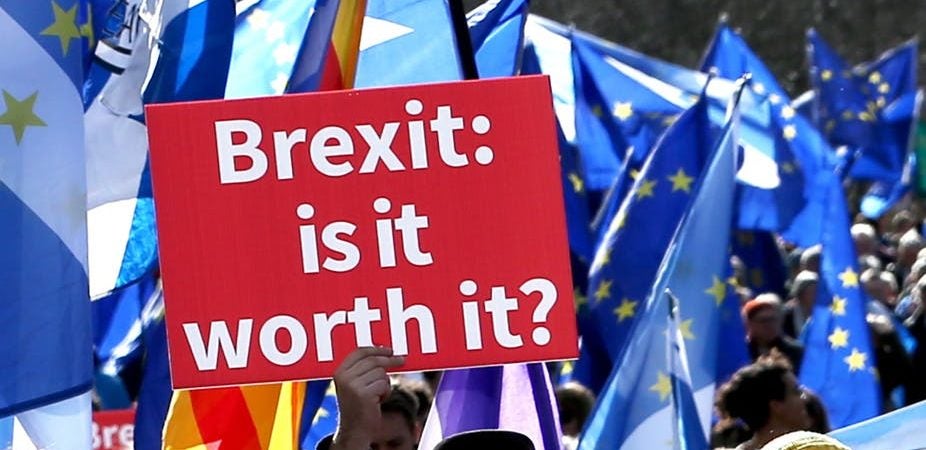In September 2021, UK goods trade was 11.2 per cent, or £8.5 billion, lower than it would have been if the UK had stayed in the EU’s single market and customs union.
for many months the cer’s cost of Brexit model has found that UK goods trade is between 11 and 16 per cent lower as a result of leaving the single market and customs union. Using the data for September 2021, the model puts the cost at 11.2 per cent.
Last month, the UK’s fiscal watchdog, the office of Budget responsibility (oBr), asked me to update my cost of Brexit model with the August 2021 data for october’s ‘economic and fiscal outlook’. The reduction in the UK’s total goods trade – imports plus exports with the eU and the rest of the world – was 15.8 per cent, compared to a modelled ‘doppelgänger UK’ that did not leave the single market and customs union in January.
in an update using the September data, the Brexit hit was a little lower: Britain’s imports from outside the eU and exports to the eU both ticked up, while total trade was down in the countries that make up the doppelgänger – largely the US, Germany, iceland and Greece (see chart 1).
The doppelgänger is a subset of countries selected from a larger group of 22 advanced economies by an algorithm. That algorithm finds the countries that, when combined, create a doppelgänger UK that has the smallest possible deviation from the real UK data until December 2019, before the pandemic struck.
To read the full report from the Centre for European Reform, please click here.

